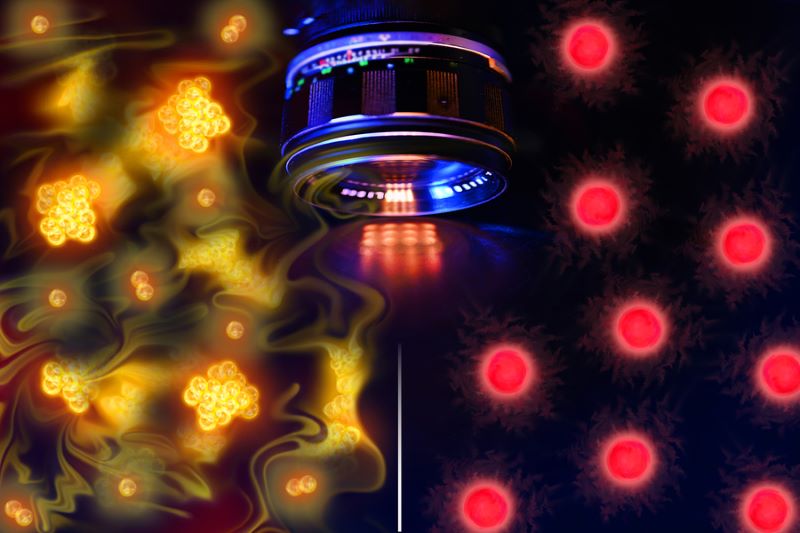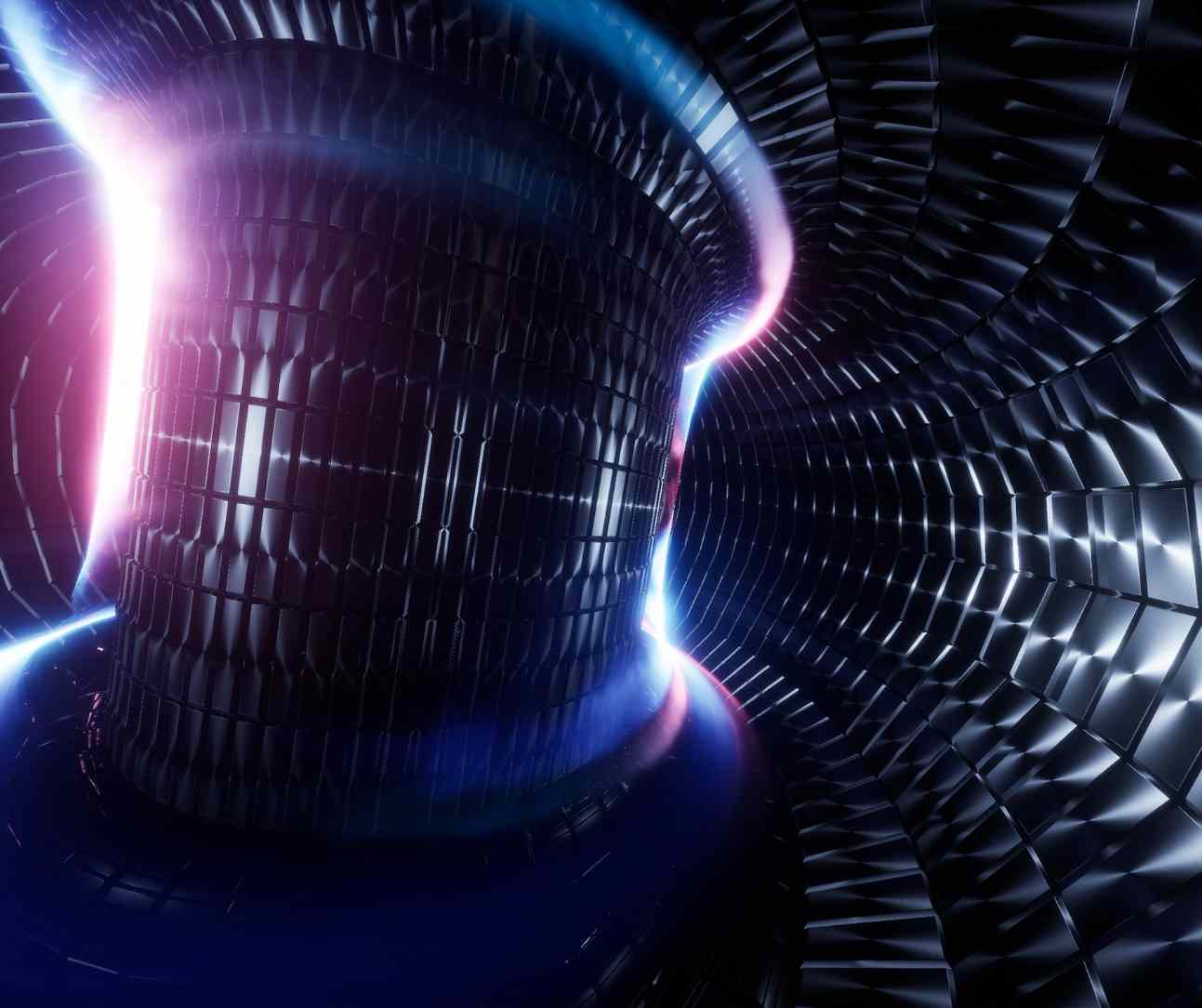In a breakthrough that blends robotics, sustainability, and marine conservation, scientists have developed the world’s first edible aquatic robots. These soft, jellyfish-inspired devices are designed to clean polluted water and then dissolve into food for fish, leaving no waste behind.
How Edible Robots Work
Developed by a team of researchers from the Swiss Federal Institute of Technology Lausanne (EPFL), these robots mimic the gentle movements of jellyfish. They are made entirely from gelatin-based materials and powered by water-reactive structures that allow them to move without traditional electronics.
This innovative design enables the robots to navigate underwater, collect data, or absorb pollutants. Once their job is over, they degrade naturally, becoming a safe snack for aquatic creatures.
How Edible Robots Matter for the Environment
Traditional underwater robots often rely on metals, plastics, and batteries. If damaged or lost, they can become yet another form of marine pollution. In contrast, edible robots offer a zero-waste solution.
Moreover, they are non-toxic and can adapt to deliver nutrients or medicines to fish populations. This opens new doors in marine conservation, aquaculture, and environmental monitoring.
A Step Toward Sustainable Robotics
This invention signals a promising shift toward biodegradable robotics. As concerns grow about microplastic pollution and ecological disruption, soft, edible machines like these could become standard tools for eco-friendly innovation.
Moreover, the research team believes these robots could be deployed in real-world environments within a few years, especially in areas where maintaining clean water is critical for both wildlife and local communities.
Photo credits: EPFL








